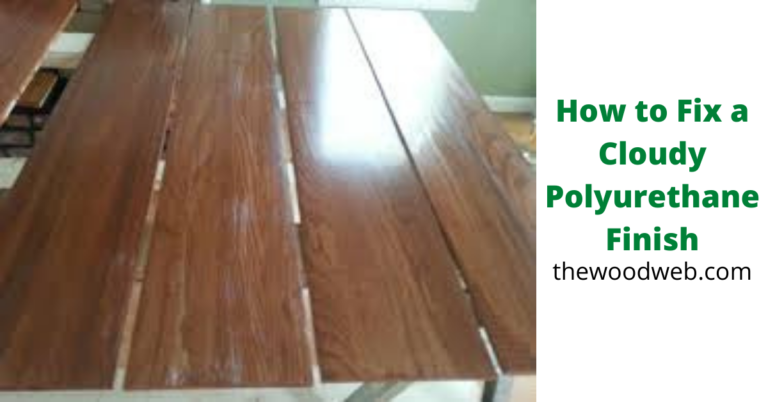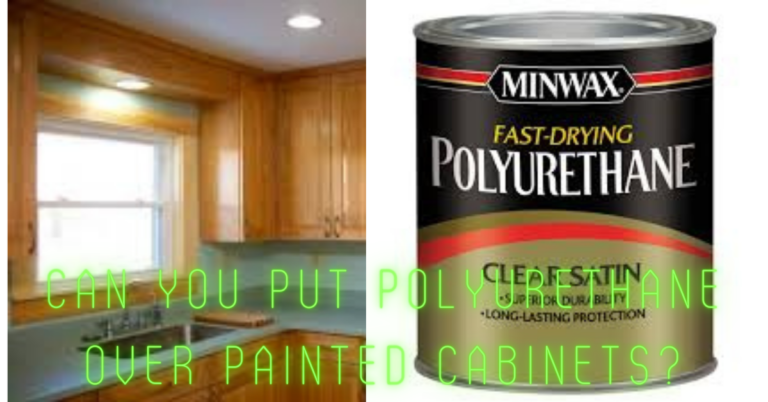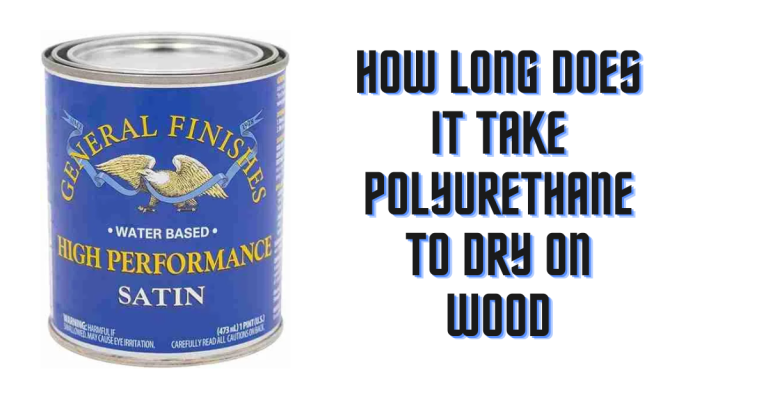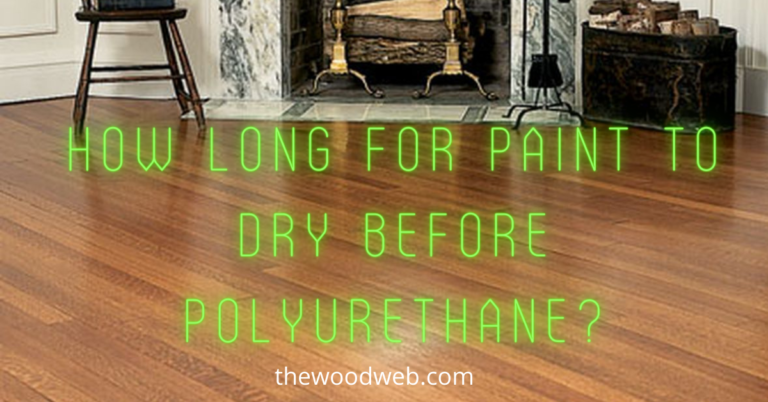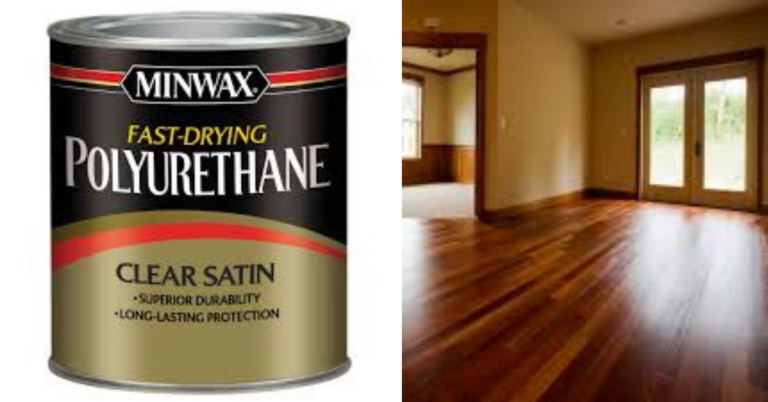Can You Put Polyurethane Over Acrylic Paint?
Homeowners frequently devise new means of renewing the beauty of their homes and making it look alive. One of such means is by applying fresh paint If you recently painted your home with acrylic paint, you may want to ask, “Can you put polyurethane over acrylic paint?”
Yes. You can use polyurethane over acrylic paint, whether it’s an oil-based or water-based polyurethane. It will preserve the paint from being chipped or discolored. However, I advise that you don’t use an oil-based polyurethane to avoid creating a yellow coloring to the paint.
Putting polyurethane over the paint will restore its brightness and offer a glossy finish.

Polyurethane is a petroleum-based product that is used for coatings and as an adhesive. It’s a plastic in the form of a liquid. Polyurethane comes in two types – oil-based and water-based polyurethane.
Oil-based polyurethane leaves off amber coloring when applied on paint, and it takes longer time to dry. Oil-based polyurethane gives off a slight odor when dried.
On the other hand, water-based doesn’t leave off any amber coloring, and it dries quicker than oil-based. However, it’s more expensive than oil-based and somewhat low in resistance to heat and chemicals.
You shouldn’t apply it on surfaces that are frequently exposed to heat or contain lots of chemicals. Oil-based is relatively more durable than water-based and can handle hat and chemicals to a greater extent.
All at a Glance
Is Acrylic Paint good for you?
Acrylic paint is a latex product that dries quickly once applied. This paint is commonly used for painting because of its water-resistance property. Apart from the image, you can use it to make coatings too.
Acrylic paints are more flexible than oils, and when they dry, they leave a softer exterior. Because of this, they attract dirt and dust easily. That is why adding polyurethane will give it an added protection and prolong its lifespan.
Why Should You Add Polyurethane to Acrylic Paints?
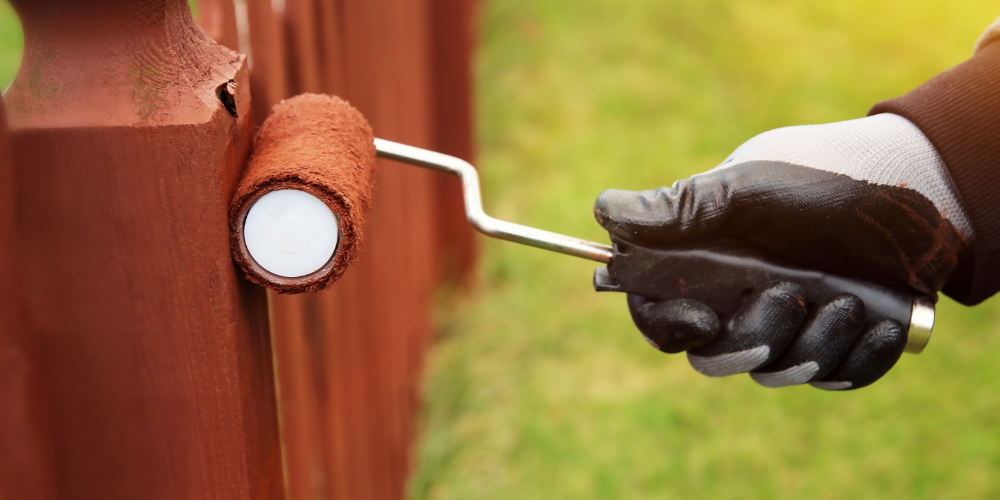
Acrylic paints dry dull and darker than wet, so adding some top coatings and finish will add brightness to those colors.
Adding a protective coat, like polyurethane on your acrylic paint will minimize dust and other dirt that could build up over time and dull the painting. It would create a water-resistant finish, which would prevent your paints from looking dull.
Another reason why you should add polyurethane to acrylic paint is to maintain its color and shine.
Like I previously stated, acrylic paints dry rather dull, and it casts a somewhat disappointing look at the painter when he compares the result to how they shone brightly and colorful when they were wet.
By adding a polyurethane coat, those colors won’t go off. They will shine and look brightly for an extended period, like when it was wet initially. Adding polyurethane coat to your paintings will give the surface a smooth finish and eliminate unwanted little holes.
Other Types of Coatings You Can Put Over Acrylic Paint
Polyurethane is a popular type of coating. However, there are other types you can use as a top-coat finish, and I’ll discuss them in this subheading.
Shellac Coatings This type of coating is made naturally by mixing the female lac bug secretion and alcohol. It’s safe and dries as hardened, and can add a warm yellow color to wood.
The downside of this finish is that it’s affected by heat and chemicals. So it’s not advisable to use this on a piece of furniture that’s constantly exposed to heat, like a kitchen table.
Shellac is available in solid and liquid forms, although the liquid variety is a better option because it has a longer shelf life than the solid variety. You can use a shellac coat on non-wood items too. All you need is to apply it with a bristle brush or cotton rag.
Varnish generally describes a top-coat or finish. It contains a higher ratio of solids, which is why it’s highly durable. An example of varnish is spar varnish.
Spar varnish can be used on outdoor projects and woods for exterior doors on rustic homes.
Can you clear coat over acrylic paint?
Yes, you can put clear coat over acrylic paint. Just ensure the paint is totally dry and cure to avoid cloudy appearance.
Types of Varnish
There are different types of varnish you can choose from for your acrylic paintings. Majorly, there two major types – acrylic resin varnishes and acrylic polymer varnishes. Acrylic resin varnishes are more robust, smoother, shinier than acrylic polymer varnishes. So if you want a high-gloss finish, I recommend you go for acrylic resin varnishes.
The con of acrylic resin varnishes is their high level of toxicity. If you are working with this type of varnish, you need to ensure the area is properly ventilated before application. Unlike acrylic resin varnishes, acrylic polymer varnishes are non-toxic.
You can dilute it with water or alcohol solvent before applying it. If you plan to use a satin finish varnish, applying an isolation coat over the paint is vital to avoid the frosty appearance and paint damage.
An isolation coat is a transparent layer that separates the paint layer from the varnish to be applied. It prevents the varnish when dissolved in a solvent from reaching the paint layer, damaging the paint and cause a frosty appearance.
You can also choose between a glossy, satin or matte varnish. Glossy varnishes like MinWax Polycrylic Protective Finish will enhance the color of the painting.
Satin and matte create less shiny reflections, but they are good at lightening darker colors. However, you can create a mix of gloss, satin, and matte if you want the best result.
Lacquer is another top-coat or finish that will add a beautiful gloss finish on furnishings. One thing I like about lacquer is that it’s incredibly durable and damage-resistant.
However, the con of this type of top-coat is that the color begins to wear out over time.
Lacquer is ultra-smooth when applied on wood. The reason for its smoothness is because of it’s thinner than other top coats discussed here. To apply this finish, you’ll need a High-Volume, Low-Presser sprayer and a well-spaced, ventilated workspace.
Butcher-Block and Food-Grade Mineral Oil
Wood that comes in contact with food is the perfect option for finishes like butcher-block and food-grade mineral oil. These finishes will hold up better than other finishes when exposed oily foods and kitchen foods.
What paint will stick to polyurethane?
Almost any kind of paint will stick to polyurethane. However Acrylic latex paint performs best on polyurethane.
Can you use varnish over acrylic paint?
Yes. You can apply varnish over acrylic paint using a natural-bristle brush. It protects the wood and adds natural UV light to maximize protection further.
Brushes/ Applicators to Use for Coating Paints
Generally, it’s recommended to use natural brushes for oil-based finishes and synthetic brushes for acrylic paints, latex, and water-based finishes. You can also use rags and foams for both oil-based and water-based polyurethane finishes.
The ideal conditions to use an applicator or apply finishes is when there are fewer specks of dust. Dust can meddle with your coating, leaving it rough and creating so many bubbles.
Before you can begin an application, clean the work are meticulously so that no dust particles are left. For best results, use a vacuum cleaner or any dust collection system. Suppose you notice some bubbles popping up while coating, don’t fret about it.
It will often settle out as the finish dries, but if you want it to settle out faster, use a rag to wipe it down carefully. Also, to avoid seeing so many bubbles, try stirring the finish rather than shaking the can before applying it.

It’s recommended that you apply two coats if using an oil-based polyurethane and three coats if using water-based polyurethane. The reason for this is water-based polyurethane is more watery than oil-based, so you’ll need an extra coat to enhance its thickness.
When the first coat dries, you’ll need to sand it with fine-grit sandpaper to smoothen the surface and get rid of any unevenness. However, it would help if you were careful not to sand off the surface beyond the raw wood.
How To Seal Acrylic Paint With MinWax Polycrylic Finish
In sealing acrylic paint, you can use the spraying method of the brushing method. I prefer the brushing method because it creates a smoother finish than the spraying method, although spraying is best for hard-to-reach places.
Here’s how to seal acrylic paints.
- Pour a small puddle of polyacrylic in the painting’s corner.
- Work the corners outwards with a brush and the sealant in light strokes.
- Continue until the whole painting is evenly covered.
- Wash the brush in warm water until all the sealant is out of the brush.
- Make sure the brush is dried completely before moving to the next coat. Wait at least two-three hours between coats.
Conclusion
If you want to protect your acrylic paint and prevent it from having a dull appearance, applying one or two polyurethane coats is the ideal way to do it. You can put any kind of polyurethane over acrylic paint once you’re sure that the paint is dried and cured.


